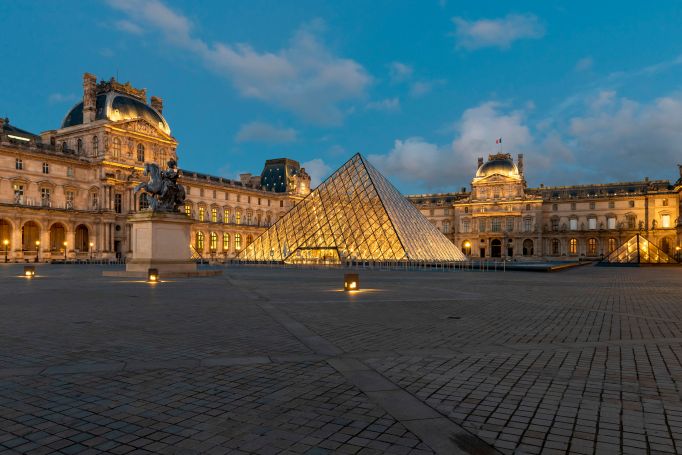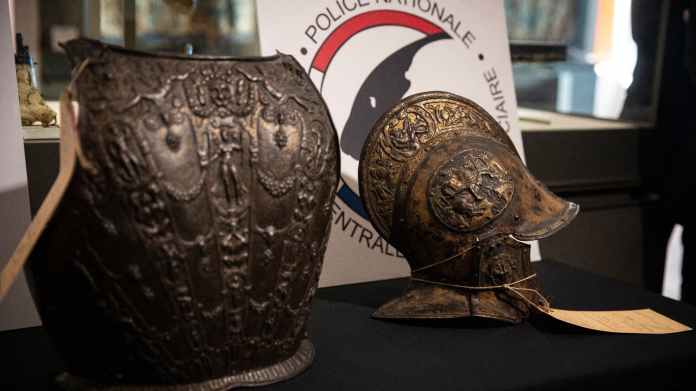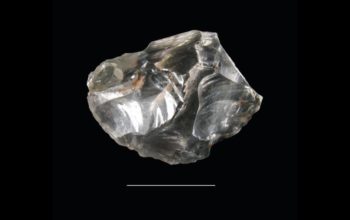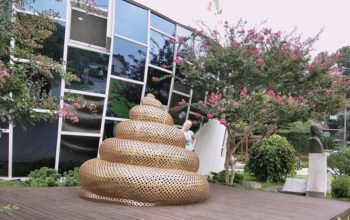Louvre recovers two stolen pieces of Armor nearly forty years after they disappeared- they reemerged under mysterious circumstances.

The following written content by Tessa Solomon
Nearly four decades after they disappeared from the Louvre, two pieces of gold and silver encrusted armor have reemerged, albeit under mysterious circumstances. According to the Paris museum, French police were contacted in January by a military antiquities expert who had been charged with appraising the pieces as part of estate planning in Bordeaux. Upon examining the works—a helmet and upper back piece—the expert became suspicious of their provenance, per Today24.

Officers of the Central Office for the Fight Against Trafficking in Cultural Goods identified the armor in the Treima database, a catalogue of stolen art within France, as having been stolen from the Louvre on May 31, 1983. Authorities are now investigating how the objects ended up in the possession of the family in Bordeaux.
They were donated to the Louvre in 1922 by the Rothschild family, one of Europe’s most storied banking dynasties. A decade later, the Rothschilds donated a breathtaking 40,000-work collection to the museum, including works by Leonardo da Vinci, Raphael, and Rembrandt.
Philippe Malgouyres, the Louvre’s head of heritage artworks, told the AFP that the pieces of armor “are prestige weapons, made with virtuosity, sort of the equivalent of a luxury car today. In the 16th century, weapons became works of very luxurious art. Armor became an ornament that had nothing to do with its use.”
The two stolen pieces are believed to have been made in a Milan between 1560 and 1580. Inlaid with gold and silver designs, the armor’s worth is valued at about €500,000 ($603,000).
“I was certain we would see them reappear one day because they are such singular objects,” Malgouyres added. “I never could have imagined that it would work out so well, that they would be in France and still together.” Read more from Art News.





